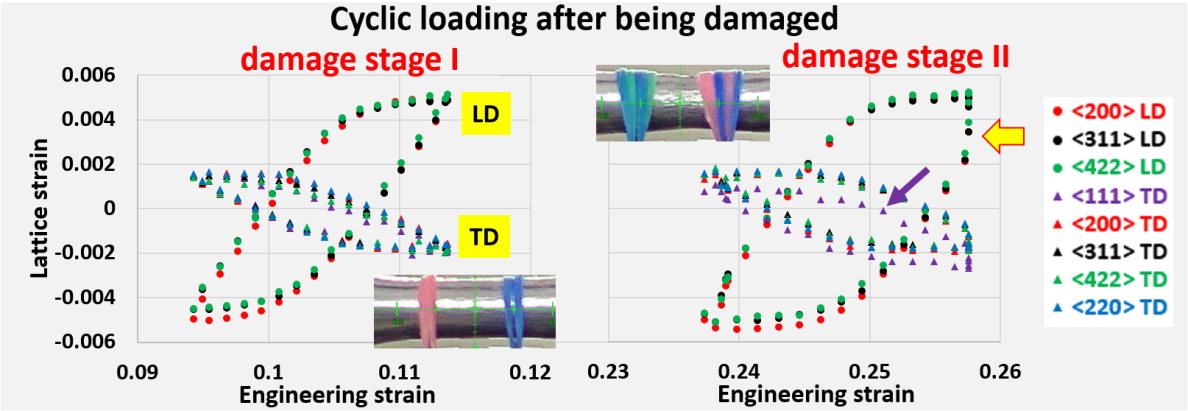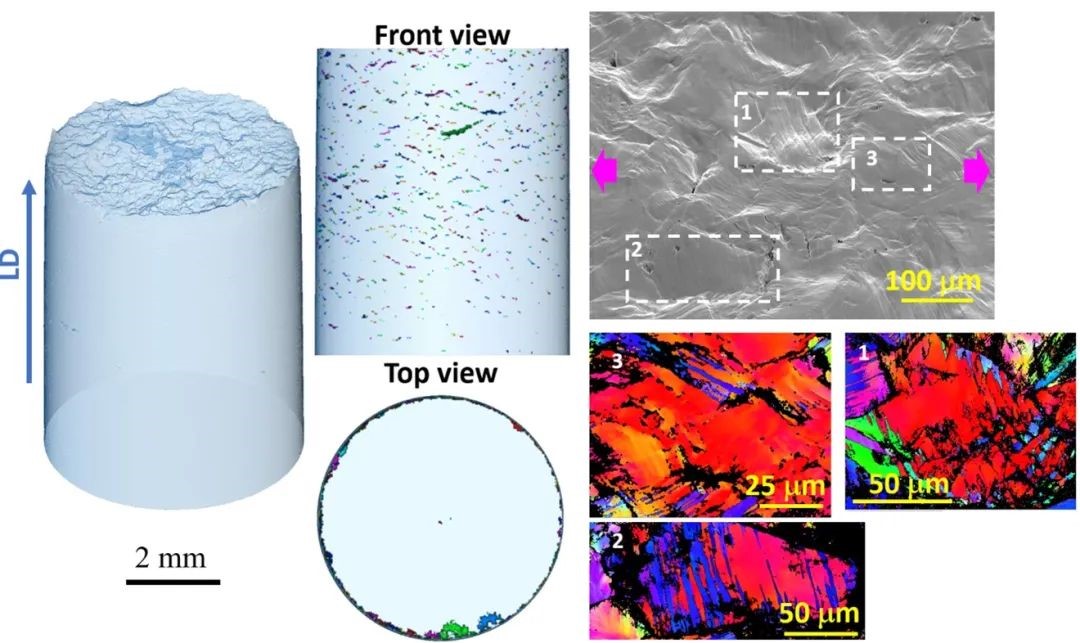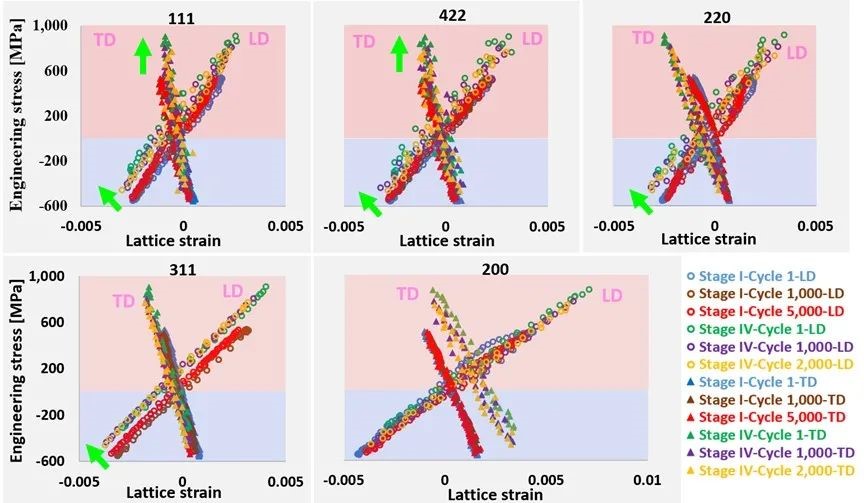
"Acta Mater" analyzes new characteristics of engineering material fatigue and necking dama
More than 90% of the failures of metallic materials are caused by fatigue. Therefore, studying the damage mechanism and model caused by plastic deformation is essential to predict fatigue life and improve the means to resist fatigue failure. The so-called high-cycle fatigue (conventionally considered in the elastic loading force range) is still plastic deformation damage at the grain scale. On the other hand, brittle materials (such as rock) have the form of unloading failure. Therefore, the blasting hazard caused by this unloading failure is prevented by pre-drilling during mining. In plastic materials, such as aluminum alloys, the phenomenon of unloading leading to failure, which only exists in brittle materials, has recently been found.
Xie Qingge et al., from the Collaborative InnovationCenter of Steel Technology, University of Science and Technology Beijing, studied common engineering materials: new features of deformation and damage of aluminum alloys and manganese-containing steels through in-situ neutron diffraction characterization, microstructure characterization, and digital twin technology: from damage to all directions The anisotropy determines the crystallographic distribution and three-dimensional real-space distribution of damaged grains. The relevant conclusions are helpful to provide new failure criteria and quantitative characterization of fatigue damage and unloading damage of engineering materials and provide a new theoretical basis for fatigue life prediction.
The related research results were published in Acta Materialia under "Crystallographic orientation and spatially resolved damage for polycrystalline deformation of a high manganese steel" and "Crystallographic orientation and spatially resolved damage in a dispersion-hardened Al alloy."
Paper 1 link: https://doi.org/10.1016/j.actamat.2020.03.049
Paper 2 link: https://doi.org/10.1016/j.actamat.2022.117628

Fig.1 The lattice strain behavior of aluminum alloys at different damage stages: the yellow arrows indicate the necking damage behavior

Fig. 2 Characterization of surface defects of manganese steel with tensile/compressive fatigue

Fig.3 lattice strain characteristics of tensile/compressive fatigue damage of manganese-containing steel

